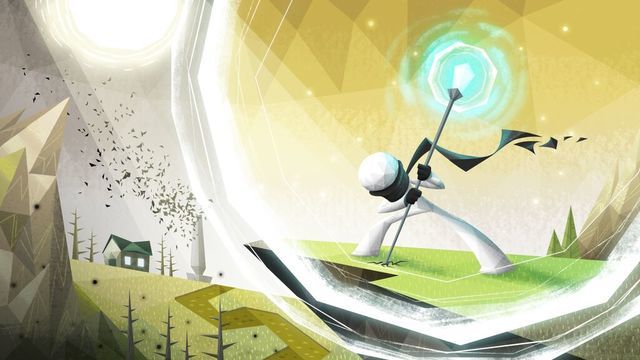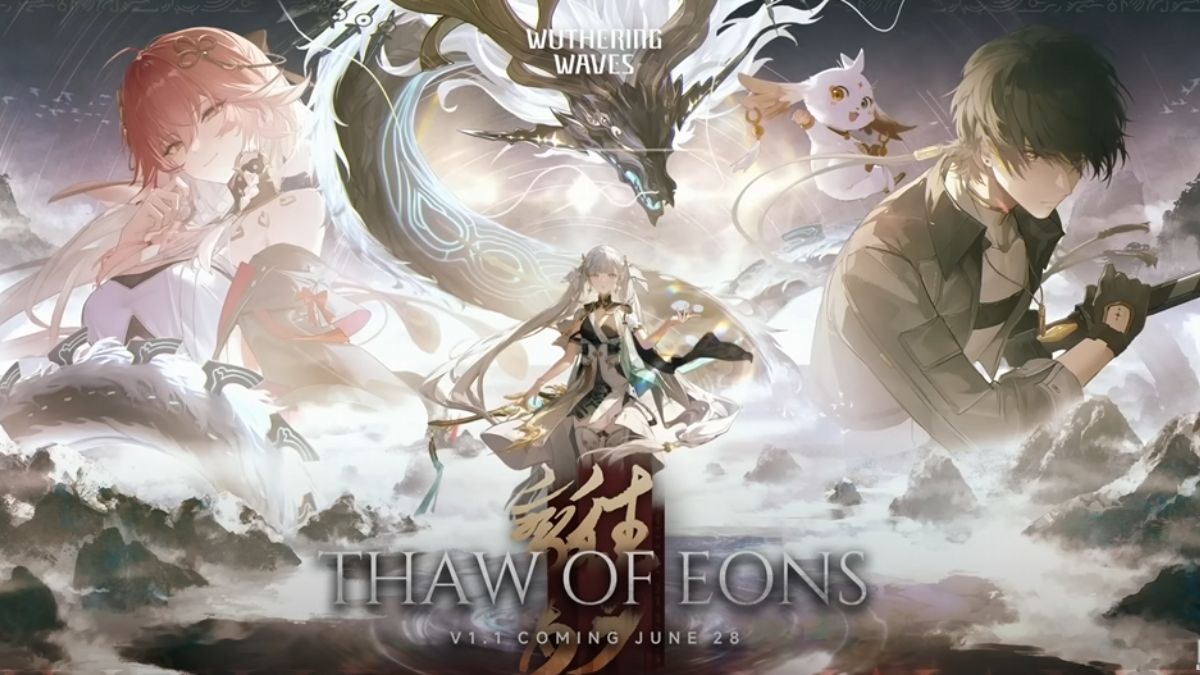The health and wellness concerns of a more earth-conscious population has led to a move towards a higher availability of environmentally friendly goods and services and an increase in sustainable farming and business practices.
People are now paying more attention to the ingredients listed in the foods they put into their bodies, buying non-GMO and BPA-free items and using recyclable materials in more areas of their lives, from fashion to home decor. People are more aware of how their actions impact the environment and the gaming world has taken notice.
Games that have an environmental focus such as Grow Home and National Geographic’s Plan It Green have begun to crop up. The success of these games and others has led to a new trend of eco-friendly games that has spread to the mobile gaming world. One such game is the mobile game The Path to Luma.
In an interview with NRG Energy sustainability manager, Katie Ryan, and senior analyst of solar development, Daniel Keyes, they talk about The Path to Luma, which was created in NRG’s Co-lab (short for collaboration) program, and how it started out as a side project.
Katie Ryan: “All of the members of the Co-lab team have existing roles at the company; we took on the development of this game as a side project,” said NRG Energy sustainability senior manager, Katie Ryan. “Collectively, that means we bring a lot of different kinds of inspiration to this work!”
The game came about through a collaboration between Co-lab’s Ryan, Daniel Keyes, Brian Marrs, Matt Orendorff, Charlie Waterfall and Phosphor Games Studio. It was a nine-month project that was developed with the support of executives and teams within NRG.
The Path to Luma follows SAM (Sustainability Augmentation Model) as he tries to save the galaxy and the Chroma civilization. This mind game uses puzzles to help SAM unlock the sources of clean energy hidden in the planets he explores.
“For me, as a member of the sustainability team, I’m inspired by the outdoors,” said Ryan. “I think Mother Nature has things all figured out and we’re only just now catching on.”
The game, which was released in the Apple store and the Google Play store on Aug. 13 of this year, was well-received with 1.7 million downloads.
Daniel Keyes: “I’ve played a lot of video games in my life, and I had a feeling we’d created something pretty special – but I had no idea we’d get 1.1M downloads in the first week and more than 2,000 reviews averaging 4.5 stars,” said NRG Energy senior analyst of solar developement, Daniel Keyes. “We’re now at 1.7M downloads, and growing.”
Use of Twitter and Facebook helped to promote the game and garner the attention of sites such as Touch Archade and Mashable. The game was even selected by Apple as one of the “Best New Games.”
However, the creation of any new game rarely goes off without a hitch and challenges are to be expected, but the process can function as a learning experience for game developers.
“Our over-arching goal was to make the energy solutions game-worthy, which meant striking a balance between realistic and imaginative,” said Ryan. “Through the process, our team learned a lot about game design and Phosphor learned a lot about how clean energy works.”
With the gaining popularity and notoriety of the game, it is no surprise that fans would want a sequel.
“Fans have been asking for that!” said Ryan. “We hope that’s something we can do, but we don’t have a firm timeline for the future.”
Games like The Path to Luma give kids and adults alike the opportunity to not only to escape into a fantasy world where they can let go of their inhibitions, they also teach users about the environment and supply users with information that can be used outside of the gaming world. Such information can be used to educate others for a better-informed society and it is that aspect of clean video games that encourages the longevity of eco-friendly gaming.
“I recently watched a YouTube video of a kid […] no more than 10 years old playing The Path to Luma and talking throughout […] and it is incredible to listen to him actively learning about clean energy as he plays – right in front of you,” said Keyes. “These are new concepts for him and he’s getting it – really understanding. That’s an impression he’ll carry with him the rest of his life and that’s the kind of power that games have to educate and inspire people of all ages.”











Published: Oct 2, 2015 08:16 am